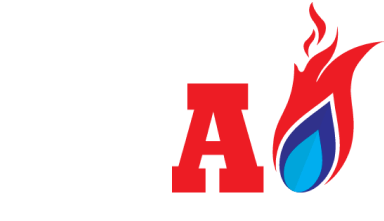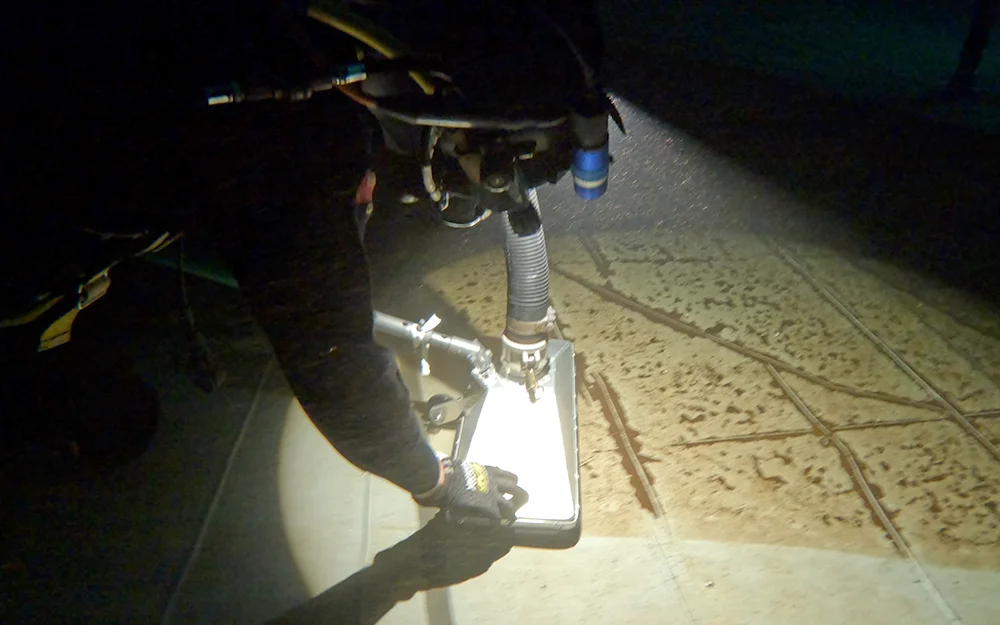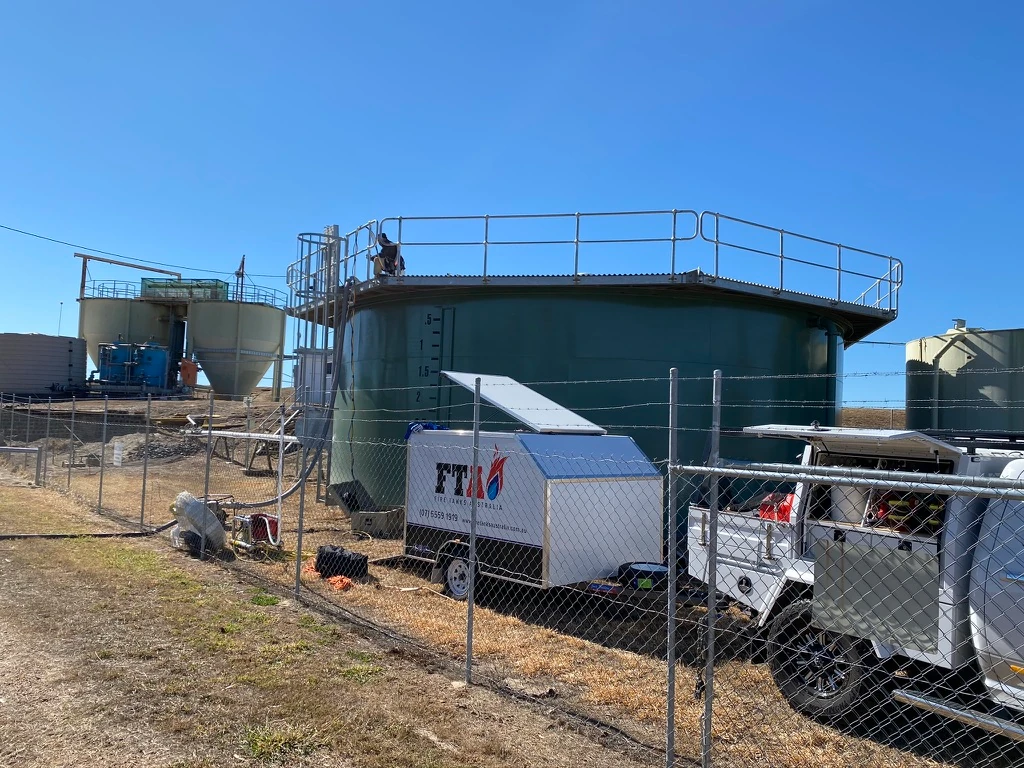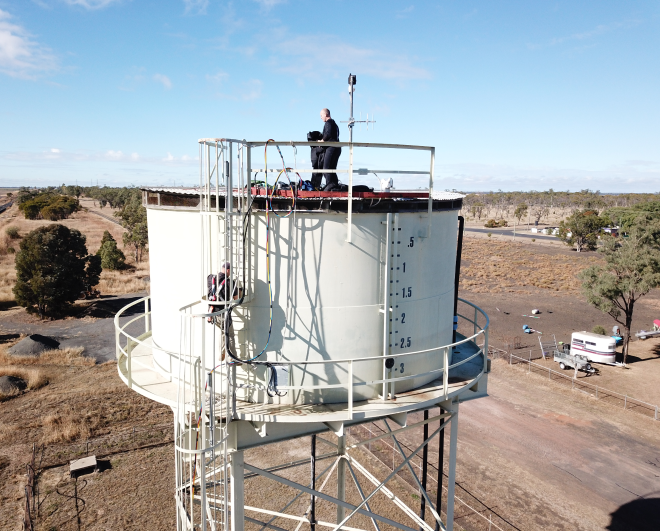Introduction
Fire tanks are essential infrastructure for protecting commercial, industrial, and community facilities. They store the water supply needed to safeguard people, assets, and buildings during a fire emergency. But installing a fire tank isn’t enough — it must be inspected, cleaned, and maintained in line with strict standards.
In Australia, those requirements fall under AS1851-2012: Routine Service of Fire Protection Systems and Equipment. For facility managers, councils, hospitals, and aged-care providers, compliance isn’t optional — it’s mandatory. In this article, we’ll explain why AS1851 compliance matters in fire tank cleaning, what the standard covers, and how working with specialists ensures safety, legality, and peace of mind.
What is AS1851-2012?
AS1851-2012 is the Australian Standard that sets out how fire protection systems and equipment must be routinely serviced. For fire water tanks, it provides guidelines for:
- Inspection frequencies – ensuring tanks are checked regularly.
- Maintenance protocols – keeping tanks in safe, operable condition.
- Cleaning schedules – preventing sediment, debris, and microbial build-up.
- Record-keeping – maintaining compliance documentation for audits.
This standard is designed to reduce the risk of system failure during a fire emergency. Compliance with AS1851 not only improves safety outcomes but also protects facility owners from regulatory and insurance issues.
AS1851 Fire Tank Cleaning Requirements
Routine cleaning is a crucial element of AS1851. Over time, fire tanks can accumulate silt, sediment, algae, and debris — all of which compromise water quality and system reliability.
AS1851 specifies that:
- Fire tanks must be inspected and maintained annually.
- Sediment levels should be monitored and documented.
- Tanks should be cleaned whenever contamination is identified.
- Records of each inspection and cleaning must be retained for compliance checks.
- Reduced capacity tanks must be flow tested annually to ensure they don’t run dry in a fire situation.
By following these requirements, facilities can be confident their fire tanks will perform correctly when needed most.
Risks of Non-Compliance
Failing to comply with AS1851 fire tank cleaning requirements has serious consequences:
- Safety Risks – Contaminated or dirty tanks can block pumps, lower water pressure, and compromise firefighting water quality.
- Legal Risks – Non-compliance exposes owners to penalties and potential liability if a fire system fails.
- Financial Risks – Insurance claims may be denied if tanks aren’t maintained per AS1851.
- Reputation Risks – A compliance breach damages public trust, especially in healthcare, education, and government sectors.
In short: skipping proper cleaning isn’t worth the risk.
How Fire Tanks Australia Ensures AS1851 Compliance
At Fire Tanks Australia, we specialise in AS1851-compliant fire tank cleaning and inspections. Our licensed divers and inspection specialists use proven methods and modern technology to ensure every tank meets or exceeds AS1851 standards.
We deliver compliance through:
- Licensed Commercial Divers – Trained to safely clean and inspect tanks without draining them.
- Licensed plumber and wet fire certifier – Ensures registered break tanks, air-gaps, overflows etc comply with all mandatory plumbing and fire Standards.
- Detailed Compliance Reports – Documentation provided for audits and insurance purposes.
- Safe & Efficient Methods – Cleaning without service disruption or unnecessary downtime.
This combination ensures our clients’ fire tanks are compliant, safe, and ready for any emergency.
Case Example: The Cost of Non-Compliance
In one case, a facility owner ignored sediment build-up in their fire water tank. During a compliance audit, inspectors found contamination that made the tank unsafe. The owner faced:
- Heavy fines for non-compliance
- Unplanned emergency cleaning and repair costs far higher than routine maintenance
- Insurance disputes due to missing or incomplete records
What could have been solved with routine cleaning turned into a costly, stressful, and avoidable crisis.
Conclusion
Fire tanks are essential to protecting lives and property — but only when they are properly maintained and cleaned to the standards set by AS1851-2012. Compliance ensures safety, reduces legal and financial risks, and provides peace of mind.
At Fire Tanks Australia, our team of licensed divers and plumbers make compliance simple, safe, and effective.
Contact Fire Tanks Australia today to book your AS1851 fire tank cleaning and compliance inspection.
FAQs
Q1. What is AS1851 compliance in fire tank cleaning?
AS1851 compliance means fire tanks are cleaned, inspected, and maintained according to the Australian Standard AS1851-2012: Routine Service of Fire Protection Systems and Equipment. It ensures tanks are safe, functional, and legally compliant.
Q2. How often should fire tanks be cleaned under AS1851?
AS1851 requires annual inspections and cleaning whenever contamination is detected. Many facilities schedule cleaning at least once every 1–2 years to stay compliant.
Q3. What happens if a facility doesn’t comply with AS1851?
Non-compliance can lead to fines, failed audits, insurance claim rejections, and serious safety risks if the fire system fails during an emergency.
Q4. Who is responsible for AS1851 compliance?
Typically, the facility manager, property owner, or compliance officer is responsible for ensuring tanks are maintained to AS1851 (including other specific plumbing and fire standards) and proper records are kept.
Q5. Why is documentation important for AS1851 compliance?
AS1851 requires detailed records of inspections and cleaning. These are essential for audits, insurance, and proving compliance in case of an incident.




